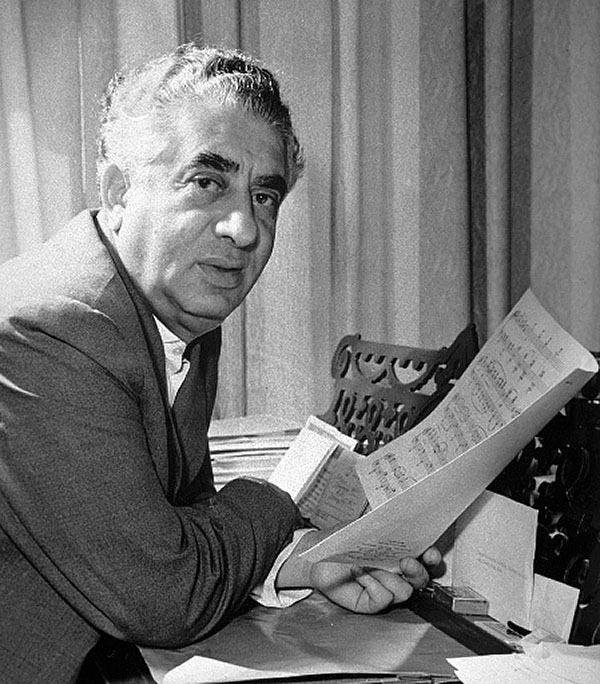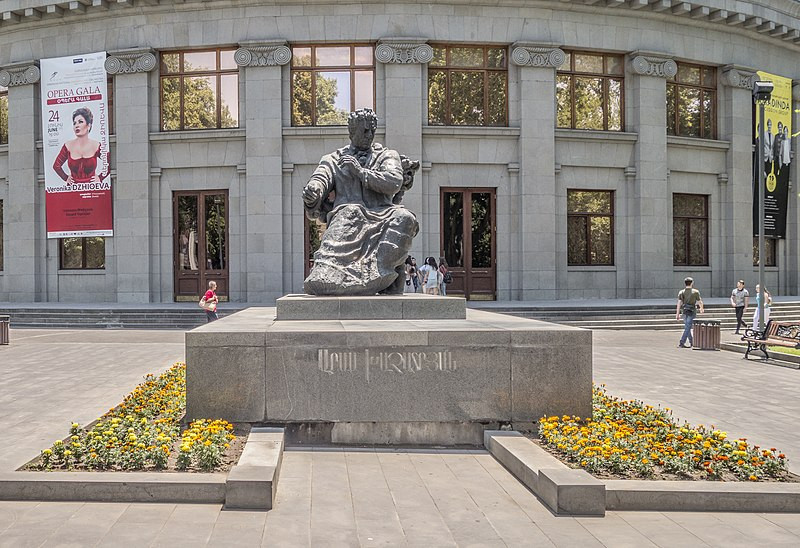As a content creator, it’s always fascinating to observe how a piece of work resonates with the audience after it’s released into the world. In the realm of blogging, I consider myself a small contributor. However, one particular post I published some years ago unexpectedly gained significant traction. This post was written shortly after the passing of Gord Downie, the lead singer of The Tragically Hip, and it featured their song “Long Time Running.” (You can read that post here.) In that piece, I explored the way we, as the public, invite public figures into our personal lives. I reflected on how The Hip, in the end, lived up to our perceptions of them – a band of brothers who supported each other and concluded their journey when Gord felt it was time. Their farewell, though melancholic, felt right and complete. I contrasted The Hip’s story with that of Canadian Olympic ice dancers, Tessa Virtue and Scott Moir. During the Olympics in South Korea, they crafted a captivating love story that captured hearts globally. Many believed they would win gold and then return to Canada to marry, creating a “royal wedding” and becoming enduring national sweethearts. However, as we now know, their relationship wasn’t as it appeared. Unlike The Hip, Tessa and Scott were never romantically involved; Scott had been in a long-term relationship with another woman throughout their celebrated career. This revelation left many Canadians feeling disillusioned. I published this post, expressed my thoughts, and, as with my other writings, clicked “Publish,” anticipating around 30-50 views and a few comments. This is the typical reception for my stories, and I’m content with that. However, something surprising occurred with the “Long Time Running” post. It found an audience and became my most viewed piece, surpassing all my other publications. In fact, it accounts for nearly a third of my total page views, which is approximately 20,000 cumulatively over the years. It was as close to going viral as I’ve experienced. Yet, I can’t definitively explain why this particular post resonated so widely while others remained unnoticed. But it did. This is one of the intriguing aspects of being a content creator – the unpredictable nature of audience reception. We can judge the artistic merit of our work, but its popularity is often as surprising to us as it is to the audience when something becomes unexpectedly popular and, in some ways, defines us. The story I’ve just shared is a smaller parallel to what happened to Armenian composer Aram Khachaturian and his composition, The Sabre Dance. Here’s how it unfolded.
Khachaturian’s life and career are deeply intertwined with the political landscape of his time. He lived his entire life within the sphere of Russian influence, either in its shadow or directly within Russia itself. Russia’s history is marked by fluctuating territorial ambitions, impacting neighboring countries. This has ranged from Soviet occupation to allowing nominal independence, often coupled with economic and military pressure, resulting in neighboring states operating more as extensions of Russian interests than truly independent entities. Another defining characteristic of Russian history is its authoritarian power structure. From Stalin to Putin, strong leaders have been the norm. Consequently, those outside the inner circles of power often seek favor. Challenging Russian leadership from within has historically been rare and perilous, often likened to political and personal suicide.

Aram Khachaturian, the Armenian composer whose “Sabre Dance” became a global phenomenon.
Within this complex political and cultural environment, Aram Khachaturian developed his passion for music. Born in Armenia, he aspired to study in Moscow with leading Russian composers like Shostakovich and Prokofiev. He moved to Russia and enrolled in prestigious music institutions, quickly gaining recognition for his talent in composing ballet scores. During that era, ballet and theatre productions were often subject to political directives from the Russian parliament. Creative works weren’t simply based on artistic vision but had to align with politically approved themes. This was the case with the ballet Gayene, for which Khachaturian composed the score. Gayene portrayed a farming collective where the heroes embodied “proper Russian virtues” and the antagonists lacked them. The narrative included a love story between the female lead, a collective farm worker, and a Russian district commander. Her husband, who plots against the collective and, by extension, Russia, ultimately faces retribution. As Khachaturian composed the music for Gayene, he aimed to create his best work for each scene. His goal was to gain approval from authorities and advance within the Russian musical establishment. For a particular fight scene in the ballet, Khachaturian composed a piece that became globally recognized as “The Sabre Dance.” At the time of its creation, “The Sabre Dance” was just one part of the larger score for Gayene. However, much like my blog post “Long Time Running,” upon its debut, “The Sabre Dance” unexpectedly took off. It was enthusiastically received by both audiences and Russian leaders. Over time, it has become Khachaturian’s most famous composition, despite him never considering it particularly special or being especially proud of it. History often demonstrates that content creators don’t always control which of their works become popular or the extent of that popularity. The artist doesn’t always dictate which creation will resonate most.

Slapstick comedy, often associated with “The Sabre Dance,” much to Aram Khachaturian’s initial dismay.
Similar to many compositions featured on Keepin’ It Classy, “The Sabre Dance” is likely familiar to you. Its popularity has extended far beyond Russia’s borders and has become globally recognized. The piece is characterized by its rapid tempo and almost frantic energy. It has been widely used in numerous films and television shows, predominantly as soundtrack for chase scenes or comedic sequences. A classic example is the iconic “I Love Lucy” chocolate factory episode, where Lucy and Ethel frantically try to wrap chocolates moving increasingly faster on a conveyor belt. This type of slapstick scenario perfectly exemplifies the comedic context in which “The Sabre Dance” is frequently used. The fact that this composition, never intended for comedic purposes, became globally associated with comedy was initially a source of embarrassment for Aram Khachaturian. He considered himself a serious composer, and his career included scores for numerous ballets and standalone classical pieces. He rose to become the top cultural official for music in Russia for many years. In Armenia, his homeland, Khachaturian is revered as the greatest composer in the nation’s history, with statues erected in his honor. Yet, ironically, he is most recognized for a piece he considered a minor score for a minor ballet scene – “The Sabre Dance.”

A grand statue of Aram Khachaturian in Yerevan, Armenia, honoring his significant contributions to music.
Eventually, Khachaturian’s perspective on the cultural impact of “The Sabre Dance” evolved. Most creative individuals understand the intrinsic motivation in creating something from nothing. If that creation brings joy to others, it’s even more fulfilling. Although Khachaturian always maintained that he composed more substantial and significant works, he came to appreciate the pleasure “The Sabre Dance” brought to audiences, finding a measure of peace with its unexpected legacy. Popularity can be unpredictable, but as his career progressed, Khachaturian became content with his entire body of work, not allowing public perception of one piece to define his artistic self-worth. Being able to look back on a lifetime of work with pride is a profound achievement. This is a truly invaluable accomplishment.
You can listen to “The Sabre Dance” composition here.
Visit the official Aram Khachaturian website here.
Discover more classical music on Classical 103.1, Cobourg, Ontario, Canada here.

